
A British-Slovenian team consisting of Tom Livingstone, Aleš Česen and Luka Strazar made the coveted first ascent of Latok I (7145m) in the Pakistan Karakoram from the North earlier this month. Initial misinterpreted reports relayed by sponsors were confusing, implying that an integral ascent of the elusive North Ridge had finally been completed after 40 years of numerous attempts by top calibre mountaineers. Details from the team later clarified that they opted for a safer line on the face in the last quarter, summitting via the West Col and making only the second ever ascent of Latok I and the first from the North. The climb took 7 days from Base Camp to Base Camp.
The British-Slovenian expedition overlapped with a tragic accident and dramatic recovery mission involving a Russian team, which added to the hype surrounding the details of their successful ascent. An interview by Mountain.ru editor Anna Piunova, translated by Rock and Ice, recently gave more details on the attempt at the North Ridge by Alexander Gukov and Sergey Glazunov. Before he fell to his death while abseiling, Glazunov reportedly believed that the pair had summitted the North Ridge in white-out conditions, while Gukov maintains that they reached a point below the true summit, with a 360m saddle to the top remaining unclimbed. Unfortunately, we may never know the exact point reached by this team.
This informative timeline by Rock and Ice outlines each attempt at Latok I's North Ridge by various expedition teams over the years.
US alpinist Jeff Lowe - part of the first team to attempt the line in 1978 - described the north ridge of Latok 1 in the Alpinist essay 'Unclimbed' as 'the unfinished business of the last generation.' Tom is back in the UK now, and took the time to answer some questions while preparing for his next big trip...
What was your objective before heading to Pakistan?
We wanted to climb Latok 1 from the north side, via the most logical and safest line. We wanted to make a clean, alpine style ascent in around 7 days or less. The prize was Latok 1, and climbing all or some of the north ridge looked to provide the way.
You were at Base Camp when the Gukov rescue was underway. Did the recent tragedy and rescue cause you to switch objective/change your approach to your chosen route?
Yes, we were in BC when it happened. No, we had always intended to climb the line we climbed.
When we arrived at BC (on 13th July), a Russian team of 2 started the night before. Another Russian team of 3 started the following night. Although we tried to ignore the Russians and not be pressured by other teams on our objective, it was impossible not to feel some friendly rivalry. When the team of 2 had their epic (Sergey Glazunov died, and Alexander Gukov was left stranded on the wall), we offered all our assistance to them, and to the 3 Russians in base camp.
The death of Sergey, and subsequent rescue of Alexander, reinforced the dangers of pushing too far on such a route. The upper north ridge is complex, at high altitude, and inevitably you've climbed for many metres and many days to get there. Decision making will not be easy, especially with the draw of the summit. The weather will also inevitably turn worse during your time at that altitude - windows of opportunity are usually small in the Karakoram.
Whilst I'd firstly like to offer my condolences to Sergey's family, and to wish Alexander a quick recovery, I find myself being very critical of Alexander's actions and comments. Although I've tried to silence my thoughts, I feel it's important for them to be noted.
Alexander had an epic on the north ridge last year. He spent 15 days on the mountain, and his two partners suffered heavily. One lost a few toes, the other all his toes and some parts of his fingers. His final comment in a report says, 'I'm confident I have a good chance next time.' This agitated us (my Slovenian friends and I). He seemed to pay little regard for the epic and danger he'd just been through. One of his friends at BC this year even admitted, 'he doesn't know when to turn around.' He also reinforced the rumours of 'Russian style' - success at all costs, whatever the price.
When Alexander and Sergey were climbing this year and were high on the mountain, they repeatedly said they were making ambitious and unrealistic 'summit attempts.' They were far below the summit (about 6800m), and despite attempts on previous days, they again and again (for perhaps 3 days in a row) pushed for the top. We watched them through the binoculars at base camp, nervous at their risky attitude.
Their pace from the previous nine days was incredibly slow. Their pace was unlikely to have dramatically improved on summit attempts, and they were climbing very small distances each day. They were in bad weather, at high altitude, and very fatigued after many days without much food. Their perseverance was impressive, but we believe they should have retreated days ago. Indeed, when bad weather appeared, they still made a summit attempt. We simply shook our heads, and thought they were pushing too far, at too high an altitude, for too long. We thought they were going to have an epic. Even their Russian friends at BC were concerned, and organised a helicopter to check them out and attempted to throw supplies to them.
Later that day, Sergey fell to his death.
6 days later, Alexander was rescued by helicopter. I think this was his 18th day on the wall. When he was long-lined onto the glacier, Aleš said, 'I've never seen anyone so close to death, but still alive.'
I take pride in our ascent of Latok 1. Ales, Luka and I climbed in control. We made sensible, strategic decisions. We were independent. We chose the easiest line. We returned safely after 7 days. We didn't lose fingers or toes. Alpinism is a dangerous game. If you don't return home safely, you lose. If toes are amputated due to frostbite, you lose. Of course, it was impossible not to be affected by the Russian drama. But when we discussed our motivations once the entire epic was over, we agreed to continue with our plan: to climb Latok 1 via our line, which was the route we always envisioned.
At present, I am not convinced they climbed to the top of the north ridge, or indeed to the summit. Of course, I will congratulate Alexander if this is proved true. However, it should not detract from the tragic death of Sergey. Of course, I feel absolutely no jealousy towards them climbing the north ridge if it's proved true. I'm sure it's possible to climb the full ridge… but you have to get the summit and then - most importantly - get down safely.
How did the trip with Ales and Luka come about? Did you work well as a team?
I met Luka at a BMC International Winter Meet in Scotland a few years ago. Although we didn't climb together, we got on well and met several times through climbing in the years following. Luka invited me to Pakistan, and then I went climbing in Slovenia this past winter and spring with him and Ales. We immediately seemed to get on well, little needed to be said, and we enjoyed each other's company. I look forward to climbing with them again. They are strong, experienced and sensible climbers, and now good friends.
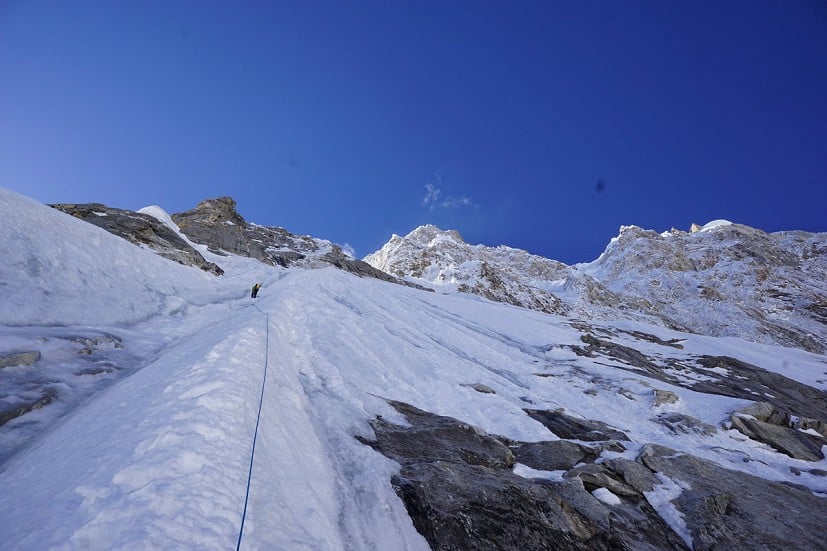
Any memorable moments from the route that you'd like to talk about?
It's all memorable! It's one of the more intense, rewarding and rich experiences I've had in the mountains. Actually, it's the longest any of us have spent on a route. It was my first trip to the Himalaya, the highest I've ever climbed, plus in a cool country like Pakistan. Standing on the summit is a very strong memory. Abseiling back onto the glacier after 7 days of climbing was sheer joy.
This was your first Himalayan expedition. Did it live up to your expectations? How did the trip compare to your other exploits in Alaska and Canada - despite the obvious effects of altitude! Did you feel comfortable?
Yes, of course. It was great to be with such experienced climbers (this was Ales's fourth trip to Pakistan, Luka's second). They taught me a lot. I enjoyed the entire experience (except for abseiling - I never like abseiling - and the long walk out from BC to civilisation at the end!). I liked having a base camp cook - Jamil produced some amazing curries. And the porters were brilliant, carrying all our junk up to BC! Acclimatisation and high altitude adds an enormous extra dimension to climbing. I can't stress that enough.
Was it intimidating knowing the history of attempts climbing from the North?
Of course. So many world-class alpinists have attempted this mountain from the Choktoi (north) side. Why should we succeed? I knew about the north ridge of Latok 1 and it's infamous reputation. The north side was certainly standing out like a prize, or a challenge. The short answer is, we got lucky.
How did you prepare physically for the expedition?
Eating peanut butter! No seriously, Ian Parnell gave me some useful advice. Also, I trained very hard throughout the winter. I basically spent since November 2017 until April 2018 running around in crampons. Then for this summer I just ran.
I have terrible circulation in my hands. I like to sleep a lot. I also like to eat a lot. My point is, I think physical preparation is important, but not as much as mental. Despite not inherently having strong qualities for alpinism, I really want it and I'm psyched.
What are your next objectives - any more Himalayan expeditions in the future?
I'm going to the Indian Himalaya with Will Sim and Uisdean Hawthorn in 3 weeks. I'm really looking forward to it. After that, quality time with my girlfriend. The Himalaya are amazing, so I'd like to go back one day.
Do you think an integral ascent of the North Ridge will be done in the near future?
I think the full north ridge can be climbed to the summit, yes.



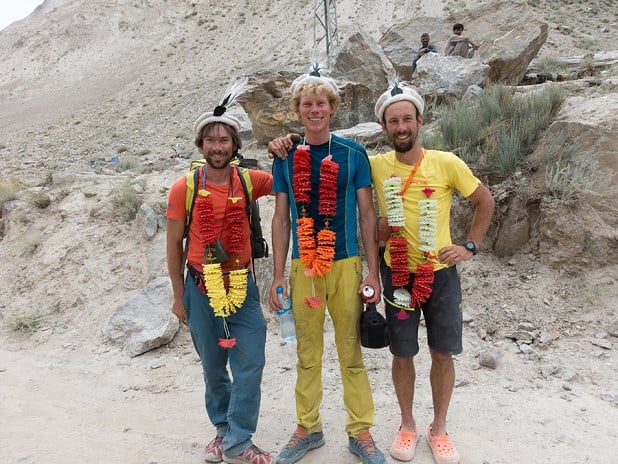
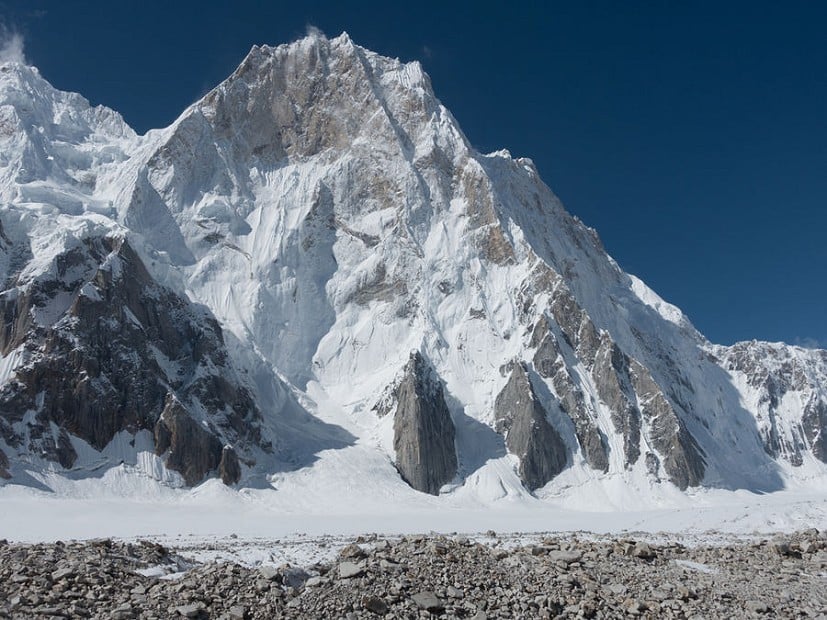
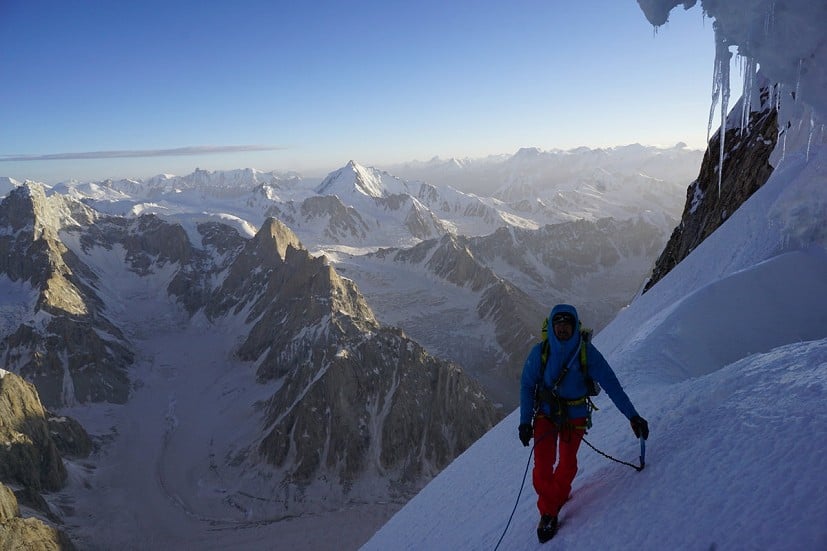
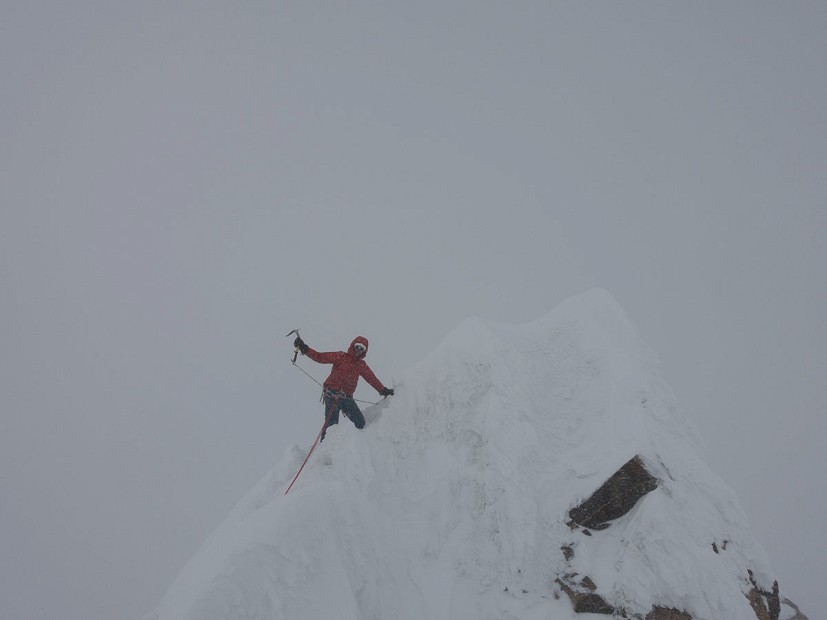
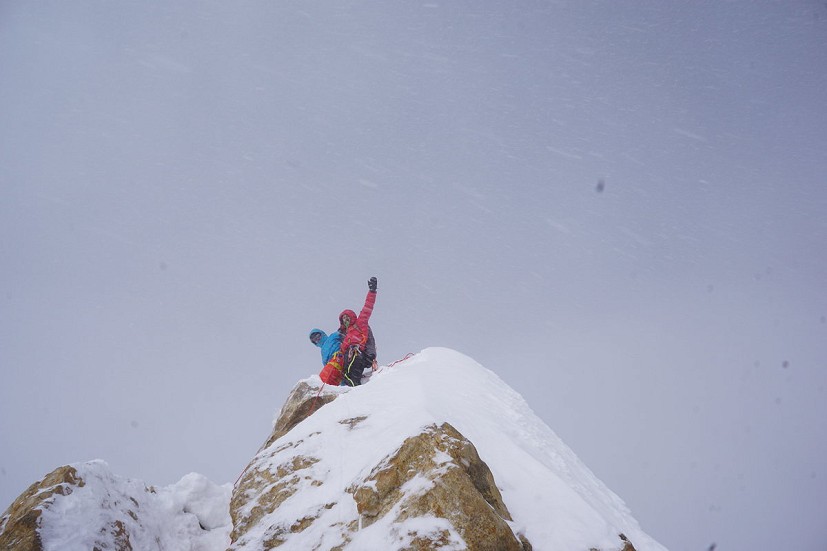
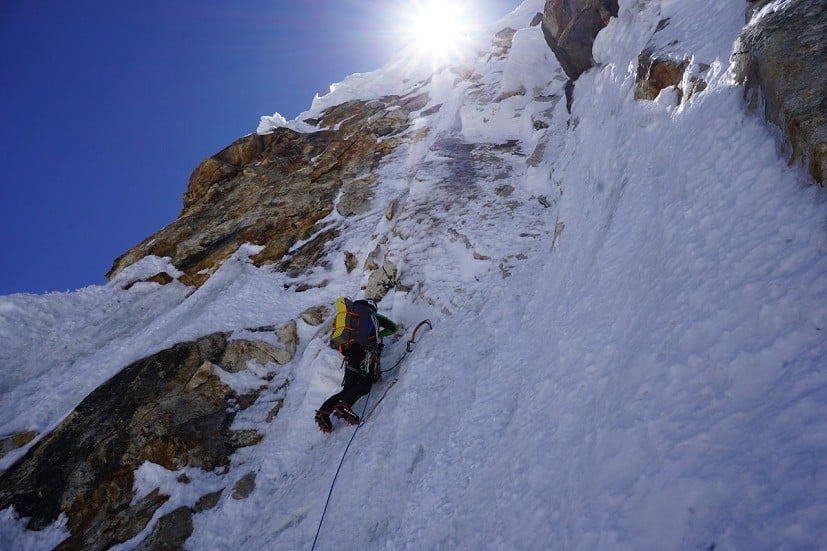

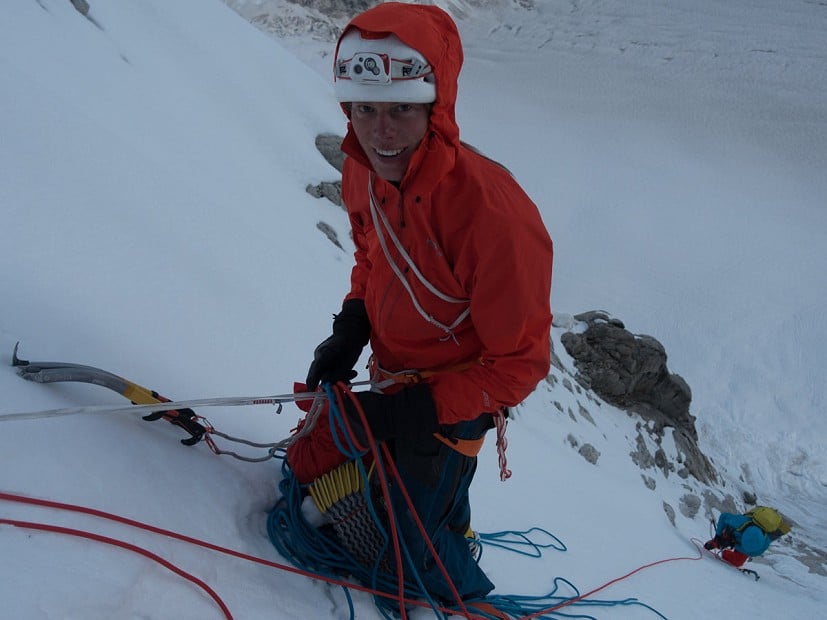
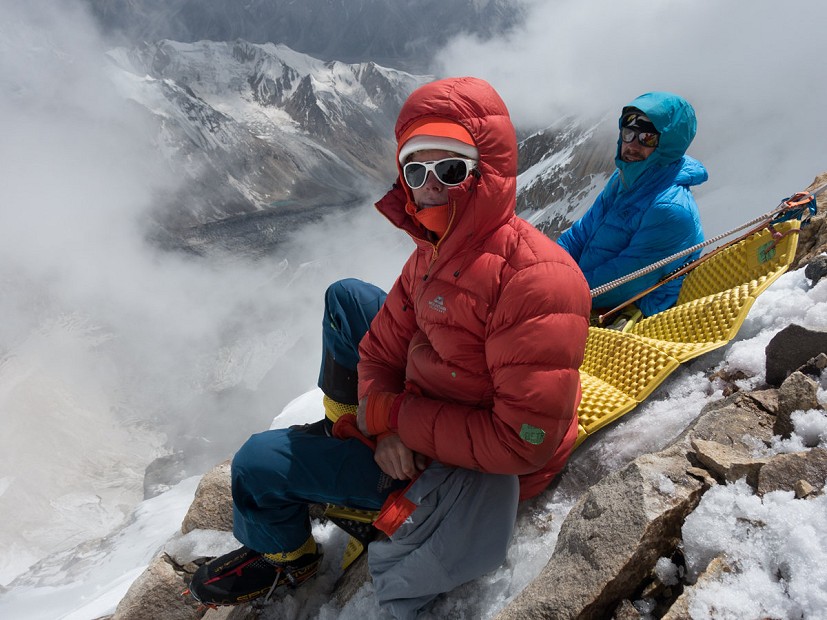
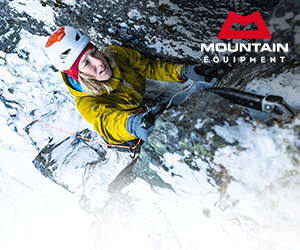

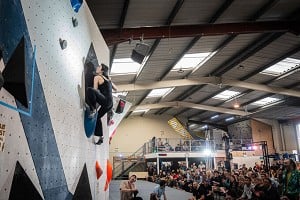
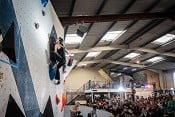


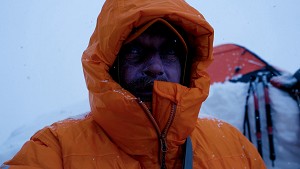


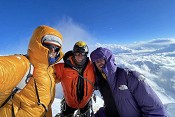
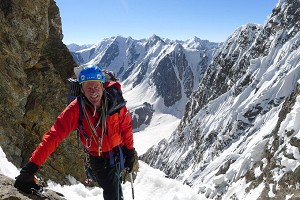
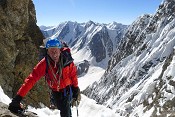


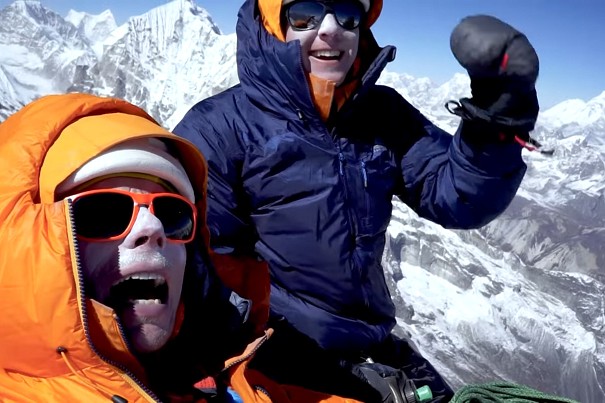
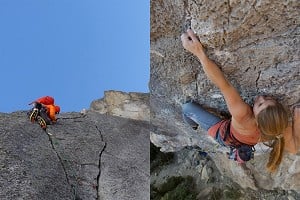



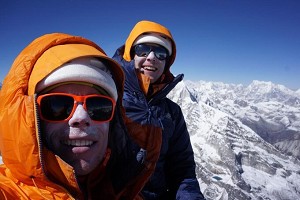
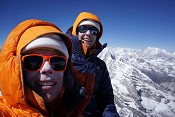

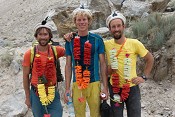
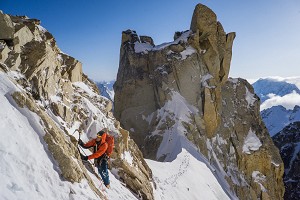
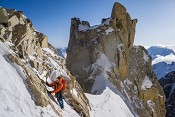
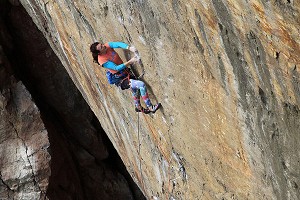

Comments
Very good report, Tom. Honest and self-deprecating. The part about returning home safely, without loss or injury - in all forms of climbing - can’t be stressed enough.
A great effort by the team and as Patrick comments, a very reflective and honest account by Tom.
bump.